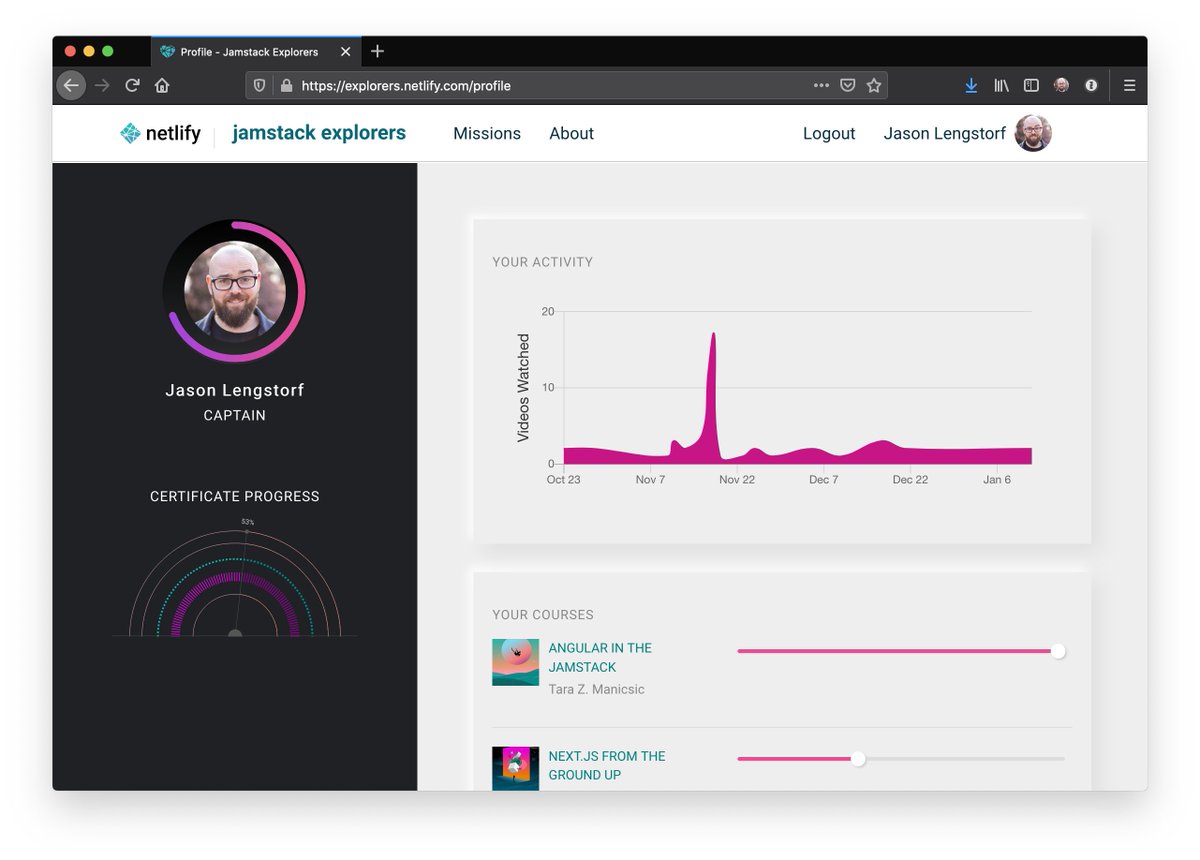1/
Supercharge your skills with effective learning⚡️
AVOID:
⛔️Wasting time with inefficient strategies ⏳
⛔️Spinning your wheels in tutorial hell ⚙️
A summary of the most effective learning strategies GUARANTEED to make you a better developer
🧵👇
2/
⚡️Deliberate practice
It's good to know the fundamentals well, but you will never improve by sticking to practicing only what you already know.
The alternative to this is deliberate practice...
3/
Deliberate practice means:
✅Practicing things you're weak at
✅Constantly pushing the boundaries of your knowledge and skills.
Before each learning session, ask yourself whether what you will learn adheres to the above.
If it doesn't, learn something that does instead
4/
⚡️Scoping the subject (credit to @AliAbdaal for this concept)
When new information can be 'docked' to an existing framework of knowledge, you can understand and retain the information better because you can relate it to what you already know and understand...
5/
Build a 'map' of the entire subject you're studying 🗺
Include all of the sub-headings that exist within that subject, make it a nested structure (I do this as a bullet point list in @NotionHQ)
You've then got a skeleton list to 'hang' your knowledge from as you go along 💀







